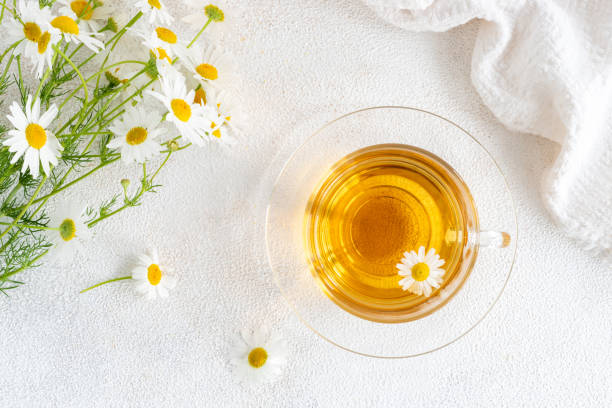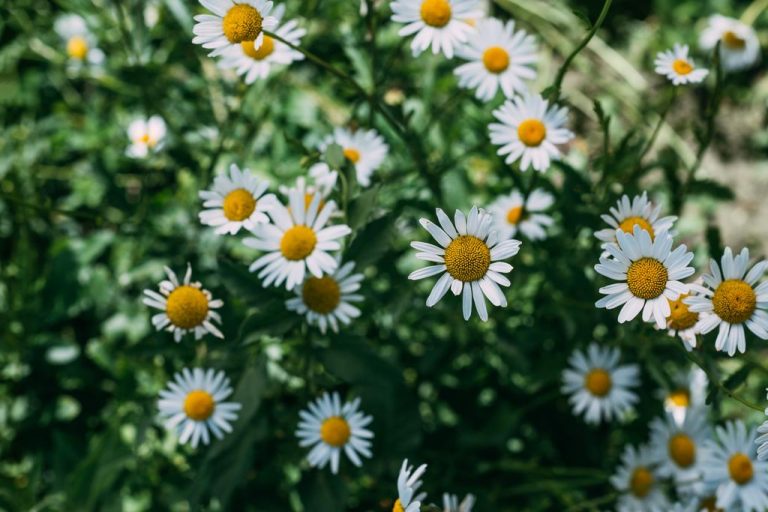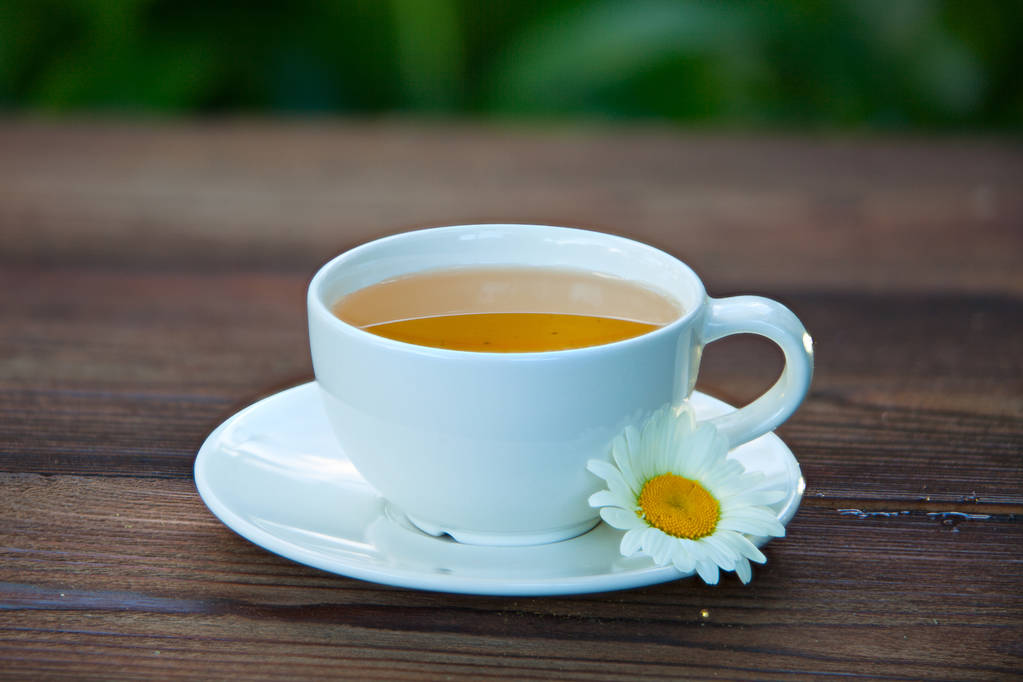Our grandmothers used real chamomile as a home remedy to cure health problems. Because the effect of chamomile unfolds in the chamomile steam bath and relieves colds. You can also treat abdominal pain and other ailments with chamomile tea.
Chamomile can be used in many ways due to its anti-inflammatory and healing properties. For example, you can eliminate toothache with a chamomile flower tincture or chamomile tea. You can read in the following article what else you can use the chamomile effect for.
Occurrence of chamomile
Real chamomile is also called chamomilla. And its exact name is Matricaria chamomilla. It belongs to the daisy family and is widespread throughout Europe. It grows on field edges, paths, fields, and meadows. If you want to collect and use them as home remedies or remedies, then only the flowers are used. The flowering period begins in May and ends in July. Then you can dry the flowers. It is one of the oldest herbal remedies. It is also one of the best-researched medicinal plants.

The chamomile effect
Real chamomile has an anti-inflammatory effect. Consequently, when applied externally, it leads to faster wound healing in the event of injuries and internally to the faster easing of symptoms. It also has an antibacterial and antispasmodic effect. Because it ensures that bacteria grow less quickly and soothes cramped muscles. It can also promote digestion and contribute to skin regeneration. Chamomile is easy to use and can be done by anyone.
Chamomile applications
There are many ways to use chamomile as a home remedy and medicinal. That is why we have collected the most important forms for external and internal use. Because with many health complaints, real chamomile can already provide valuable services and relieve pain. In addition, also note our article on the best medicinal plants as home remedies.
1) Chamomile bath for colds
A chamomile bath requires about 250 – 500 grams of dried chamomile flowers. Accordingly, put the chamomile flowers in the bathtub and pour hot water on them. The hot water releases the important substances from the chamomile blossoms and they develop their effectiveness. A bath for ten to fifteen minutes is a home remedy for colds and mild hypothermia.
2) Real chamomile for insomnia
You can also use a chamomile bath to ensure better sleep and combat insomnia. Because this calms the soul and the plant extract apigenin makes you sleepy. But a daily chamomile tea before going to bed can also be a good evening ritual to be able to fall asleep well.
3) Chamomile steam bath for colds
If you suffer from a stuffy nose, taking a chamomile steam bath is an effective remedy for a runny nose. For this, you need a large pot and a large towel. Then you have to put about 25 to 50 grams of chamomile flowers with 1 tablespoon of thyme and 1 teaspoon of sage in the pot and pour boiling water over everything. Then place the pot on the table and cover your head and neck with the towel. Then inhale the steam from the hot infusion. You should breathe in with your mouth closed and breathe out with your mouth open. The steam can be regulated by lifting the towel slightly, this is important as it is very hot, to begin with. and also a good home remedy for sinus infections.
4) Chamomile tea as a sore throat remedy
Your throat and mouth can also benefit from real chamomile. Because with such a herbal steam bath you can effectively get rid of your sore throat. Since chamomile has an anti-inflammatory effect and ensures that the pharyngeal mucosa regenerates, sore throats are easy to treat with it. And chamomile tea also works wonders here.
5) Relief from headaches

Headaches are usually unbearable and remedies to relieve headaches are needed quickly. The soothing chamomile tea effect is suitable for this. It is also a tried and tested home remedy for migraines. Accordingly, make a cup of tea with 2 teaspoons of dried chamomile flowers and let it steep for about 10 minutes. Then you have to put the brew through a sieve before you can drink it.
6) Chamomile flower tea for cough
One to two teaspoons in approx. 250 ml of water is sufficient to infuse a cup of chamomile tea. Then simply boil the water and pour it over the chamomile blossoms. A tea egg or commercial tea bag can also make it easier to infuse, as this eliminates the need for straining. Then let the chamomile tea steep for about 2 – 4 minutes. Two to three cups of tea a day can be enough to get rid of a cough quickly. Because chamomile tea has a relaxing, disinfecting, and calming effect on your body.






